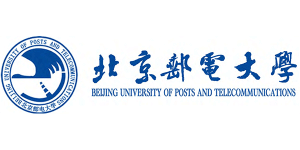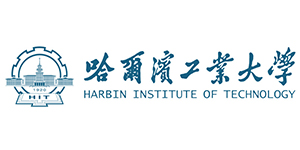First acquaintance with EEG, the relationship between EEG and ERP
In recent years, with the advancement of technology and the development of society, more and more researchers have started to focus on the human brain, and EEG research as an important research modality in brain science has therefore received more attention. However, when you first encounter EEG research, it is often difficult to understand and implement specific studies due to the lack of knowledge. In this series, we will introduce you to the basic principles of EEG and how to conduct your own EEG experiments.
The so-called EEG is the electricity produced by the brain.
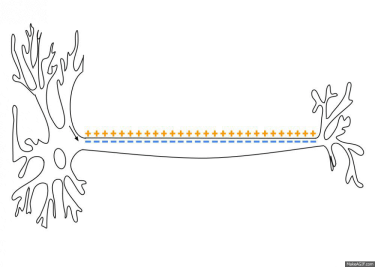

The first human EEG signal was captured by German psychiatrist Hans Berger in 1924, and he named it Electroencephalogram (EEG), or electroencephalogram, which is often referred to as brain waves. This EEG waveform, which looks like a sine wave, was the first to be discovered, so people adopted the first Greek letter alpha to name it, calling it an alpha wave.
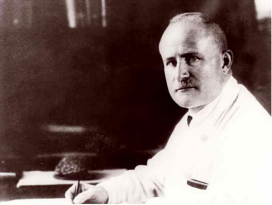

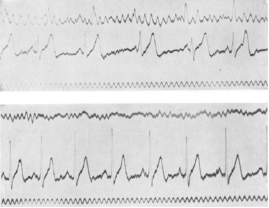

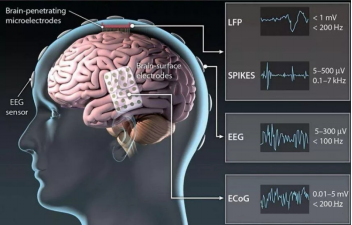

Note: The research methods presented in this paper are all non-invasive and non-invasive.
In EEG studies, many authors will say in the title of the literature that their study is an EEG or ERP study. Some of you may have questions about this: is EEG an EEG or an ERP, and what exactly is the relationship between them?
EEG is a spontaneously generated irregular periodic EEG changes in the human brain, with complex and irregular components and amplitude generally in the range of 10~100uV. According to the frequency band of EEG, it can be divided into delta, theta, alpha, beta, gamma and other specific frequency bands of EEG. As long as a person is alive, the human brain will produce EEG every moment.
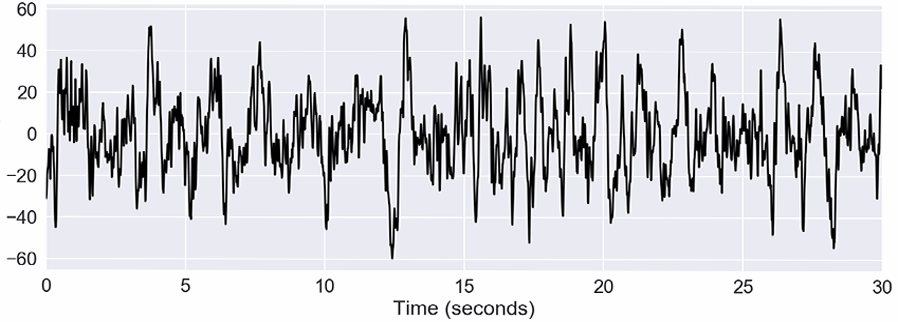

ERP, also known as event-related potentials, are weaker than spontaneous EEG, typically only 2 to 10 microvolts, and are usually submerged in spontaneous EEG, so ERP requires the use of certain techniques to be extracted from EEG. ERP has a constant waveform and latency, which is why it can be separated by superimposed averaging.
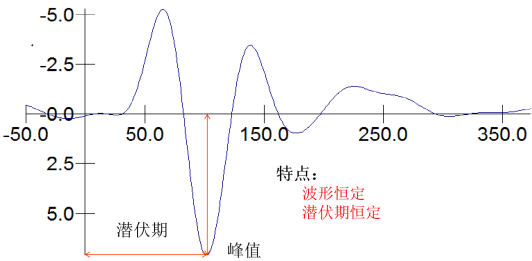

All ERP waveforms are time-locked and phase-locked. Time-locked means that changes in the brain's response to stimulus events relative to baseline occur within the same time period, i.e., latency is constant; phase-locked means that the energy values of the brain's response to stimuli change in the same direction based on baseline, i.e., the waveform is constant.
To be clear, both EEG and ERP are brain waves. ERP is a brain wave with constant waveform and latency formed when we intercept the EEG segments when specific stimuli appear in the experimental task through technical means because of research needs, and then these EEG segments are superimposed and averaged.
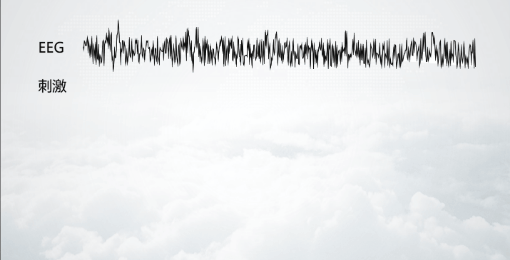

There are two important prerequisites for ERP component separation by superimposed averaging. The first one is that in the resting state, the neuronal firing in our brain is complex and irregular, and the EEG waveforms are not time-locked or phase-locked, which can be approximately offset and smoothed out after multiple superimposed averaging; the second one is that the components triggered by task events are time-locked and phase-locked, which will not be offset when superimposed, as shown in the above figure.
So the above is what we share today, hope it can bring you some inspiration.
Beijing Hengzhi Technology Co., Ltd, invested by China Science (Guangdong) Science Group, relying on the technical background of Guangdong Institute of Human Factors Technology and Wuhan Institute of Human Factors Engineering Technology, is a new type of high-tech enterprise based on psychological human factors, driving human factors, biomechanics, user experience, virtual reality and other directions, integrating production, research and development, sales and technical services, has been successfully selected in Zhongguancun High-tech enterprise list.



The driving human factors system, virtual reality graphical editing software, light environment psychological assessment system and psychological and human factors experimental teaching system developed by Hengzhi Technology have entered the domestic market.
As the sole agent of Poland Cortivision NIR, Russia Mitsar EEG in China, the sole agent of Italy BTS surface EMG and other biomechanical and gait analysis products in China, and the sole agent of Netherlands Noldus Behavioral Science, Sweden Tobii Eye Motion Instrument, Netherlands MindMedia Physiology and Biofeedback, US Biopac Physiology, US ETT The domestic licensed agent of products such as olfactory/taste stimulator. The high-tech products operated have served the top universities and the highest level of scientific research units in China, including Tsinghua University, Beijing Normal University, Northeast Normal University, Yanshan University, Qiyuan Laboratory, Xi'an University of Architecture and Technology, Northwest Agriculture and Forestry University of Science and Technology, Shenzhen University of Technology, Xi'an University of Science and Technology, Shanghai University, the Second Institute of Aerospace, 27 and 28 of China Electronics Technology Group, while providing technical support for ink Netease, Huawei technology to provide technical support, in the field of talent training, scientific research cooperation, transformation of results and other scientific and technological areas of continuous in-depth cooperation.



This article comes from the WeChat public number: EVERLOYAL






